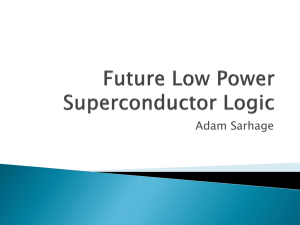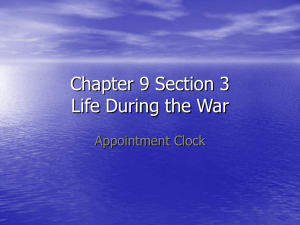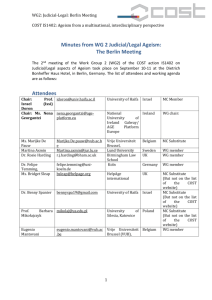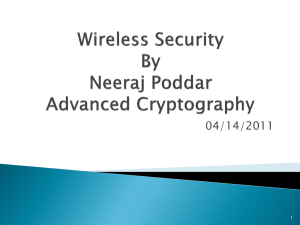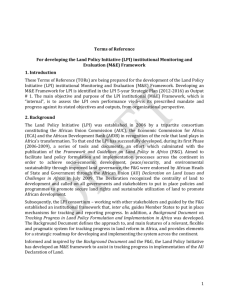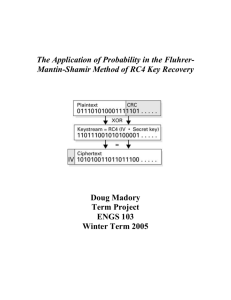PPTX - Rencontres de Moriond
advertisement
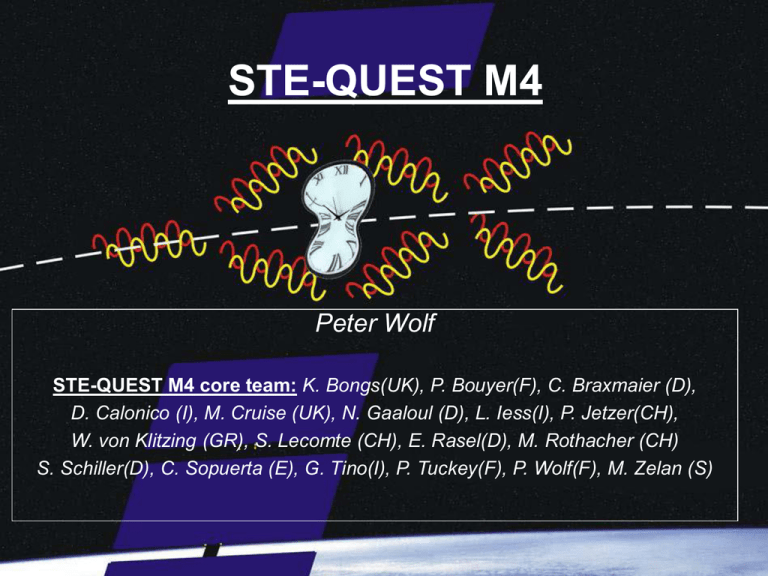
STE-QUEST M4 Peter Wolf STE-QUEST M4 core team: K. Bongs(UK), P. Bouyer(F), C. Braxmaier (D), D. Calonico (I), M. Cruise (UK), N. Gaaloul (D), L. Iess(I), P. Jetzer(CH), W. von Klitzing (GR), S. Lecomte (CH), E. Rasel(D), M. Rothacher (CH) S. Schiller(D), C. Sopuerta (E), G. Tino(I), P. Tuckey(F), P. Wolf(F), M. Zelan (S) Motivation • General Relativity is a classical theory, difficult to reconcile with quantum field theory and the standard model of particle physics. • Most unification models predict modifications of gravitational phenomena at some small (generally unknown) level. • Dark energy and dark matter may indicate deviations from our known laws of gravitation. • Many modified gravitational theories and corresponding cosmological models contain long range scalar fields. Higgs boson is the first known fundamental scalar field (short range). • Low energy tests of fundamental gravitational physics can provide pieces of the puzzle that are complementary to cosmological observation or high energy physics in accelerators (LHC). Scientific Context Unified theories string theory, quantum loop gravity ,... ? ? GR Theory of gravitation Local Lorentz Invariance Universality of Clock Rates (LPI) Universality of Free Fall (WEP) Standard Model Theory of electromagnetic interaction Theory of weak interaction Theory of strong interaction Lorentz Invariance CPT - Symmetry exactly valid? (courtesy S. Schiller) STE-QUEST Space-Time Explorer and Quantum Equivalence Space Test • Elliptic orbit, 2500x33600 km, 63° inclination • 3.5 yrs mission lifetime • 41K-87Rb double atom interferometer • MWL for intercontinental ground clock comparisons • • • Fundamental physics: Tests of all aspects of the EEP (Quantum WEP, LPI, LLI) Geodesy: Unification of reference frames (SLR, VLBI, GNSS), Clock based geodesy Time/Frequency metrology: Intercontinental clock comparisons at 10-18 level Universality of Free Fall (WEP) 87Rb 41K “STE-QUEST performs the experiment of the motion of Rb and K in a quantum superposition” L. Catani, "Galileo performs the experiment of the motion of weights from the Tower of Pisa in the presence of the Grand Duke", Gallery of Modern Art of the Pitti Palace, Florence • • • • Quantum test of UFF/WEP at 10-15, based on matter wave interference using BECs Quantum superpositions: “Largest Atoms in the Universe”: 24 cm (102x larger than individual wave packets) De Broglie wavelength 1021x larger than for macroscopic test masses Exploring the interface between Gravitation and Quantum Mechanics WEP performance (1) • ATI is shot noise dominated at 𝜎𝑎 = 1 × 10−11 𝑚𝑠 −2 𝜏 −1/2 • Assuming GRACE vibration levels, effect negligible no drag-free required • WEP test performance depends on local projection of g, and interferometer contrast. A numerical simulation on baseline orbit shows that 2x10-15 performance can be achieved after 1.2 y integration. ∆Φ2 = ∞ 0 𝐻2 𝜔 2 𝑆𝑎 𝜔 𝑑𝜔 10 15 10 14 10 13 10 12 Measured GRACE vibration PSD [Flury2008], and differential K-Rb sensitivity function for TK = 5 s and two different values of TRb 10 11 0.01 0.10 1 10 100 rad WEP performance (2) • Systematic effects are related to gravity gradients, residual rotations, etc…. • For the effects to remain below 10-15 require 𝛿 𝑥0 < few nm, 𝛿 𝑣0 < few 10-10 m/s. • Not surprising, for Microscope you also have eg. 𝛿 𝑥0 < few nm. • Decouple and determine in data analysis. E.g. in Microscope the test masses are only aligned mechanically to 𝛿 𝑥0 ≈10m but sufficient with <10-3 eccentricity. • Turning STE-QUEST satellite by (±10-3 rad) for two successive perigee passes leads to a similar requirement of 𝛿 𝑥0 <10m. There exists no principle that states: 𝛿 𝑥0 𝛿 𝑝0 ≤ ℏ 2 c.f. Ehrenfest!! • Δ𝑥 and Δ𝑝 play no role (for max. quadratic L) [Storey & Cohen-Tannoudji, 1994] • No “precise” measurement of 𝛿 𝑥0 is required • More study required to derive final requirements on 𝛿 𝑥0 and 𝛿 𝑣0 (c.f. all the work done on Microscope). Ongoing work! Universality of Clock Rates (LPI) Precise test of Sun gravitational time dilation: • Ground-to-satellite links allow terrestrial clock comparisons in common-view • Test for anomalous coupling between source (sun/moon) gravity and clock fields • Measurement does not require operation of atomic clock on satellite The time-independent signal allows a determination of the geopotential difference UEarth(r1) – UEarth(r2) To sun (courtesy S. Schiller) LPI performance Visibility for Torino, Tokyo, Boulder MC simulation result for 10 days 𝜈𝑇 1 = 1 − 2 𝛼𝐵 𝑈𝐵 − 𝛼 𝑇 𝑈𝑇 + Δ 𝜈𝐵 𝑐 • MC simulations show that you can reach Sun < 2.10-6 (Moon < 4.10-4) with less than 1 year data. • contains corrections from sources assumed to behave normally (Earth, tidal terms from external masses, etc… • In GR Sun/Moon fields only appear in tidal terms 𝑂 have a EEP violation [PW & L. Blanchet, in preparation]. 𝐺𝑀Δ𝑟 2 𝑟3𝑐2 , not so when you Summary of Science objectives Objective STE-QUEST Other UCR/LPI Sun 2x10-6 10-2 (Krisher 1993) 10-4 (ACES 2016) UCR/LPI Moon 4x10-4 10-2 (ACES 2016) UFF/WEP 2x10-15 10-7 (Fray 2004, Schlippert 2014, Tarallo 2014) 7x10-9 (Peters 2001, Merlet 2010) 2x10-13 (Schlamminger 2008) 10-15 (-scope 2016) Other science objectives: • Lorentz Invariance: Improvements by > factor 10 expected on several SME parameters. • Geodesy: Unification of Reference Frames. Clock based geodesy at cm level. • T/F metrology: Distant clock comparisons at 10-18 level after a few days integration: Essential for next generation ground clocks (at present 6x10-18 accuracy, 2x10-18 stability).






